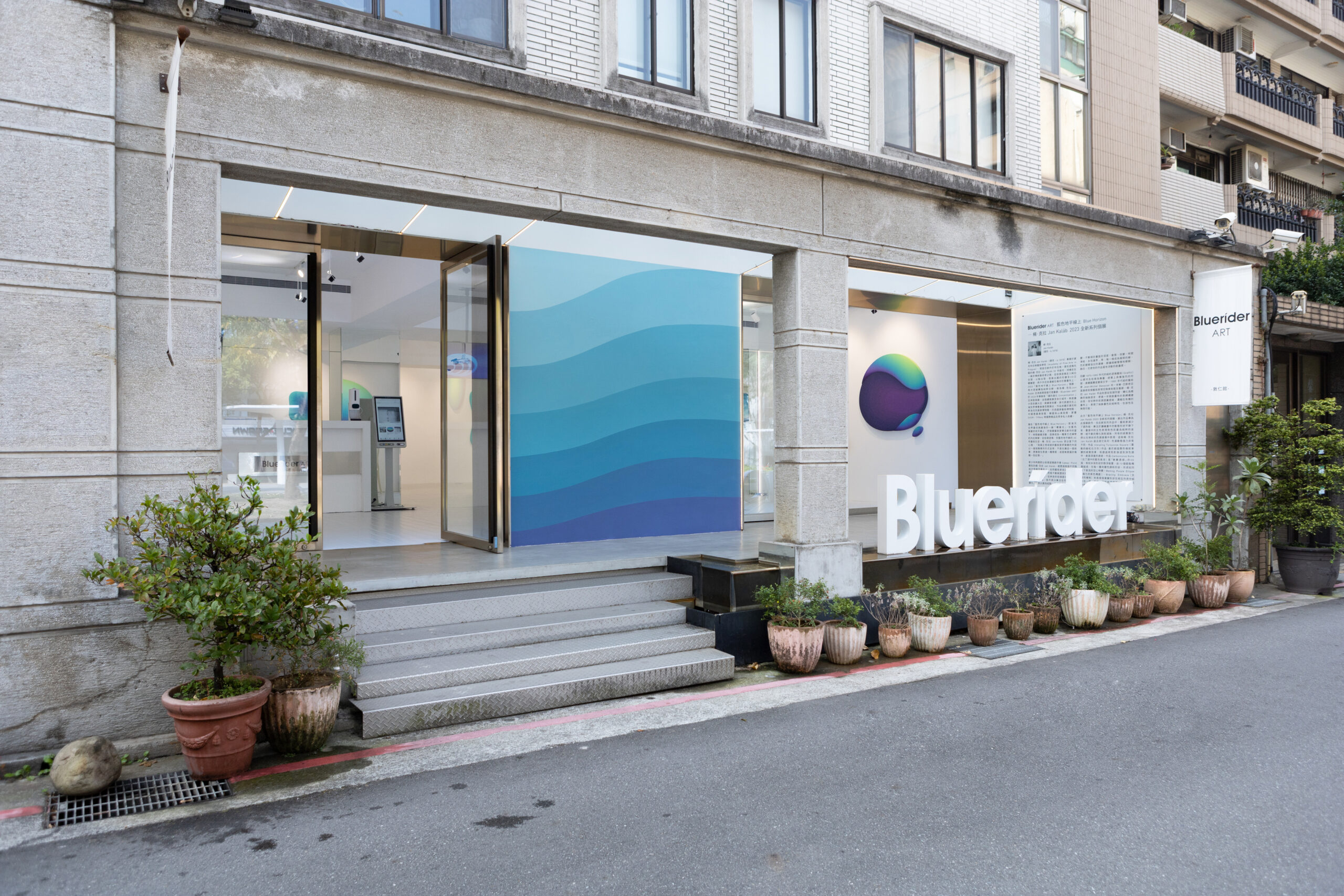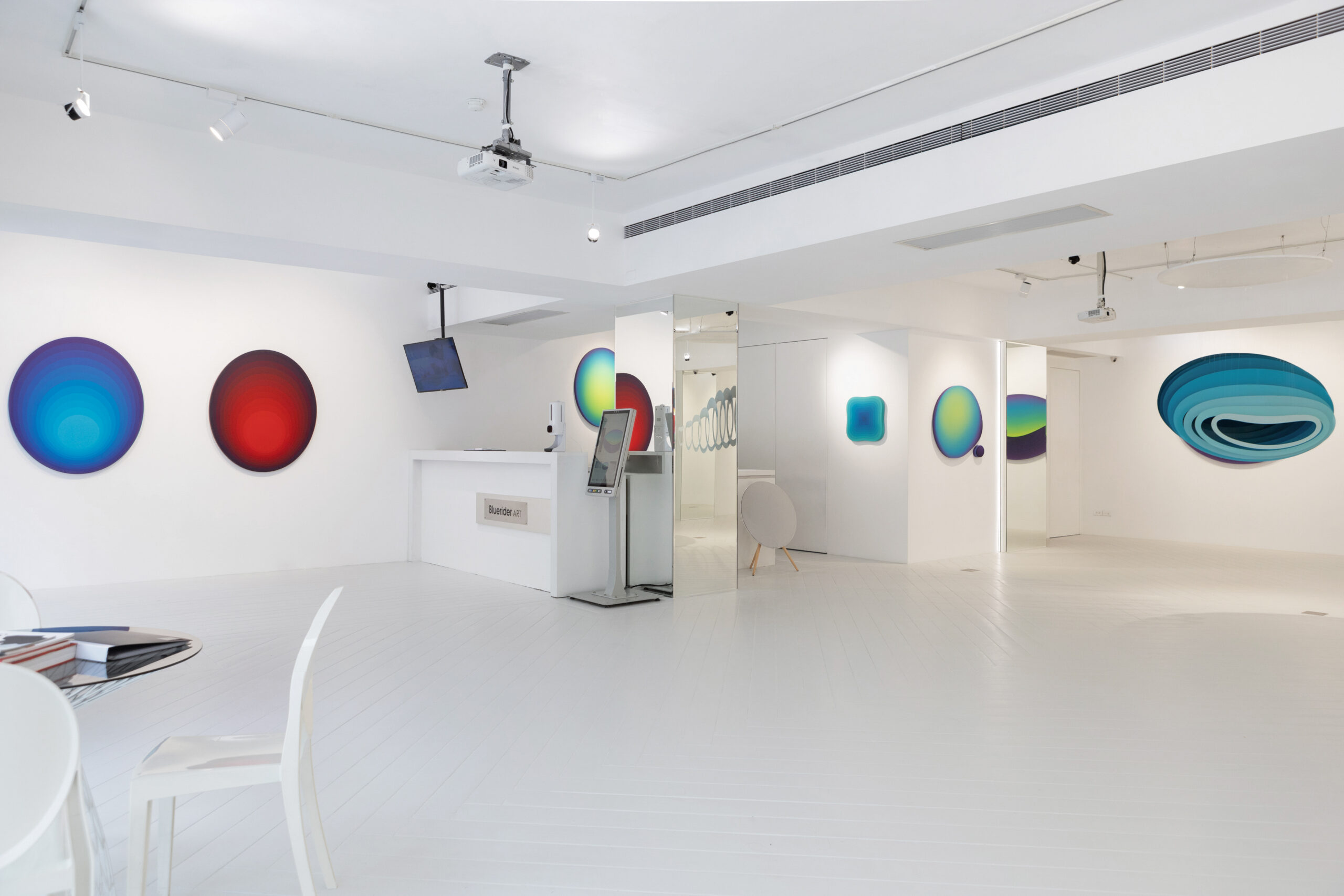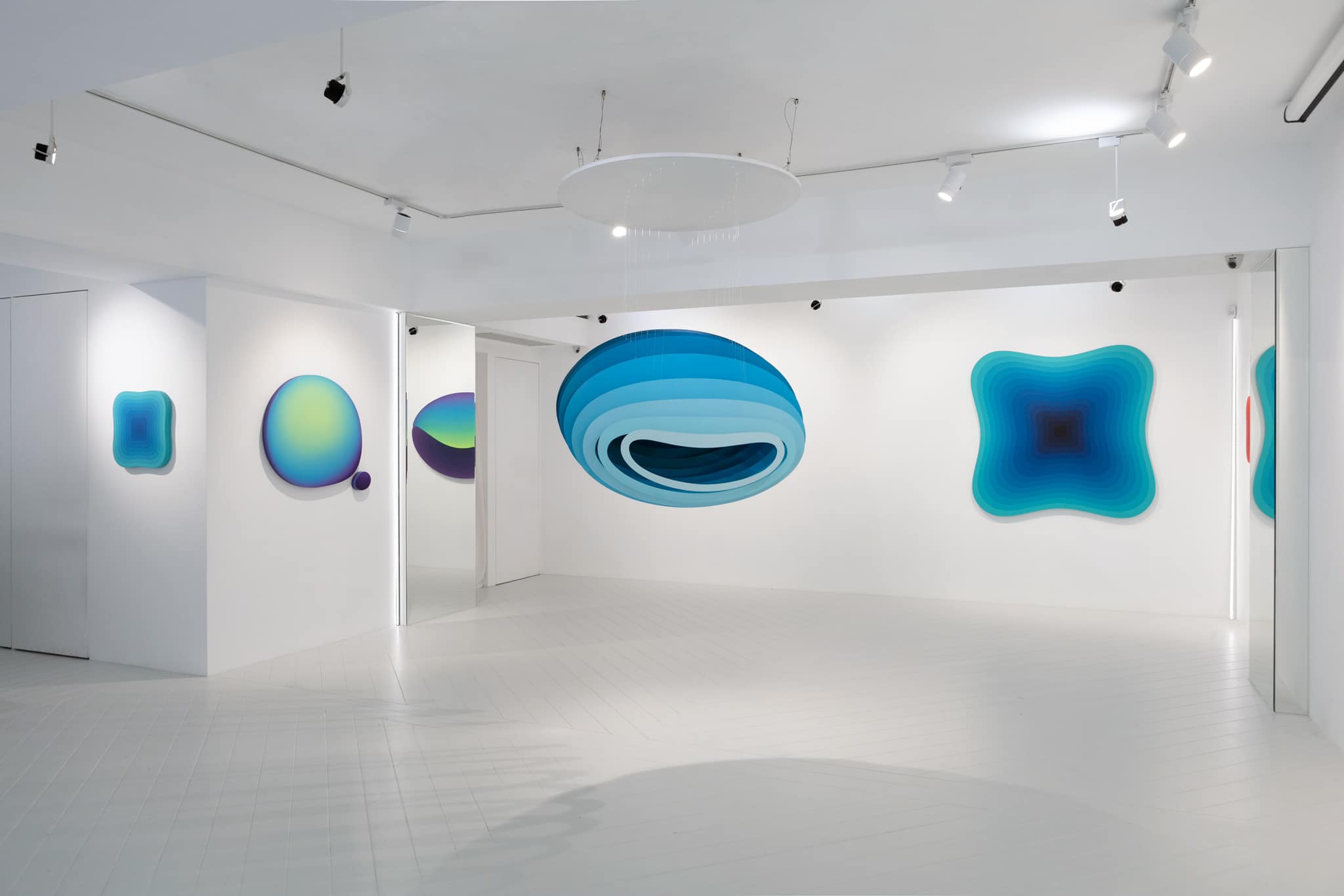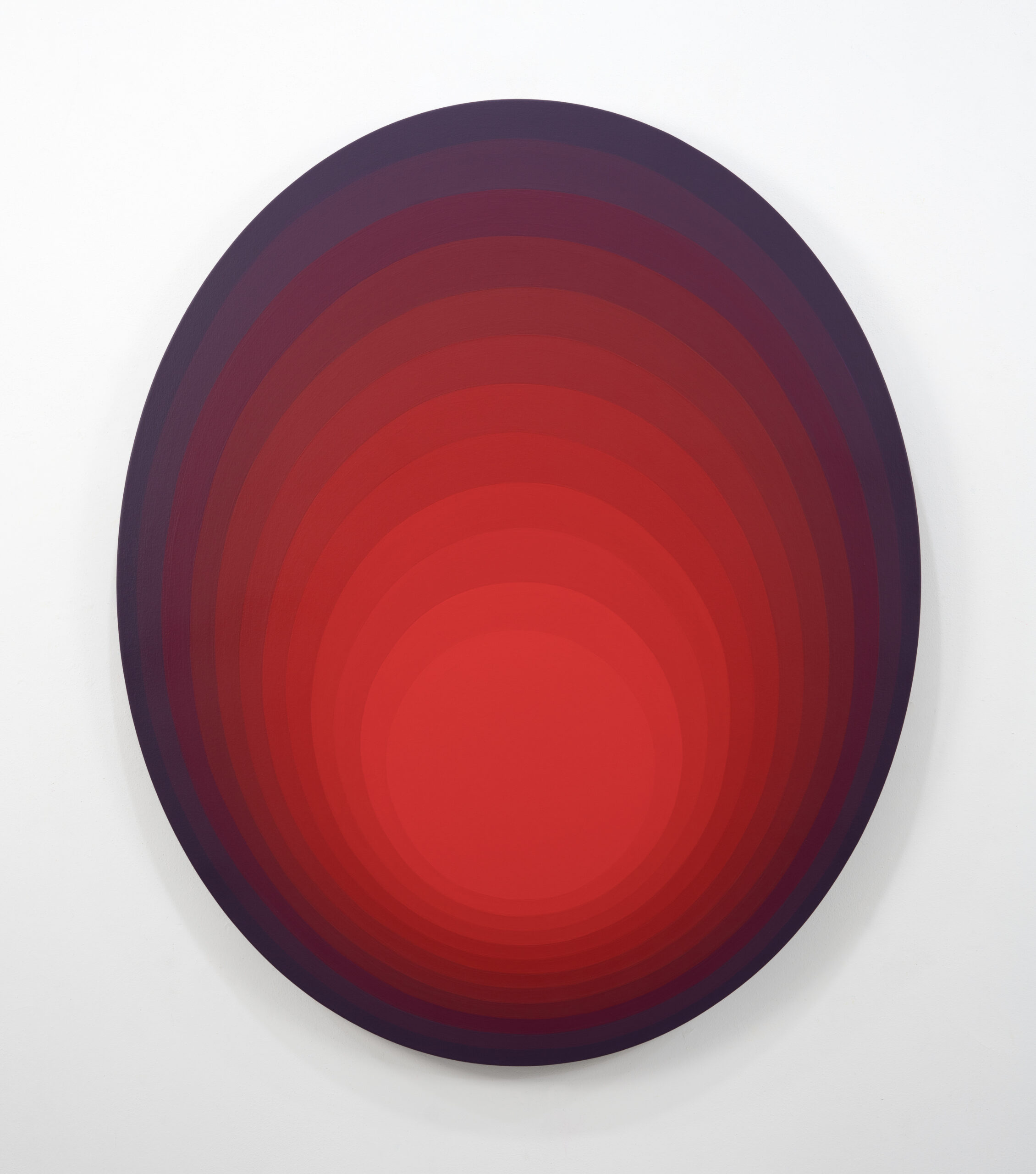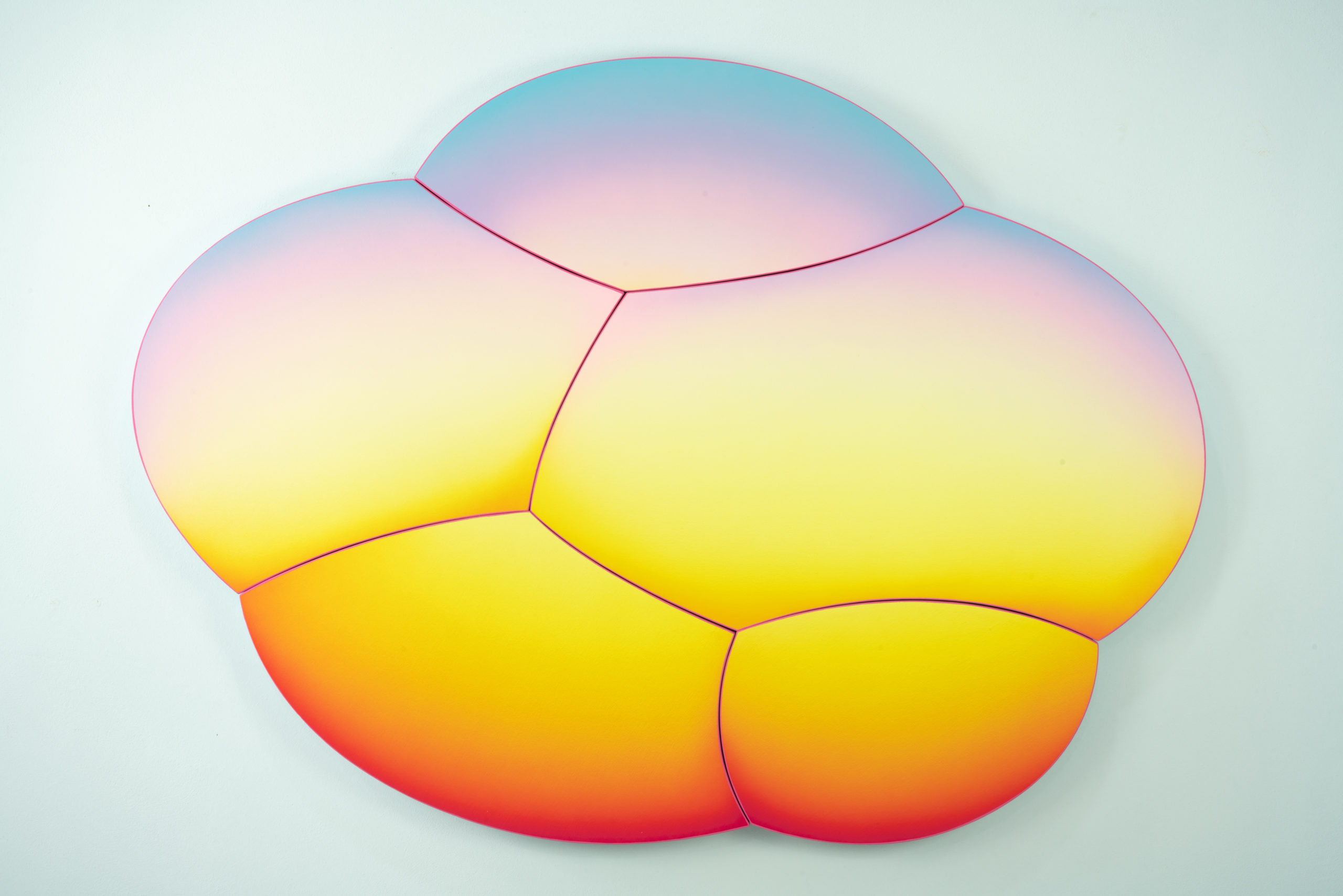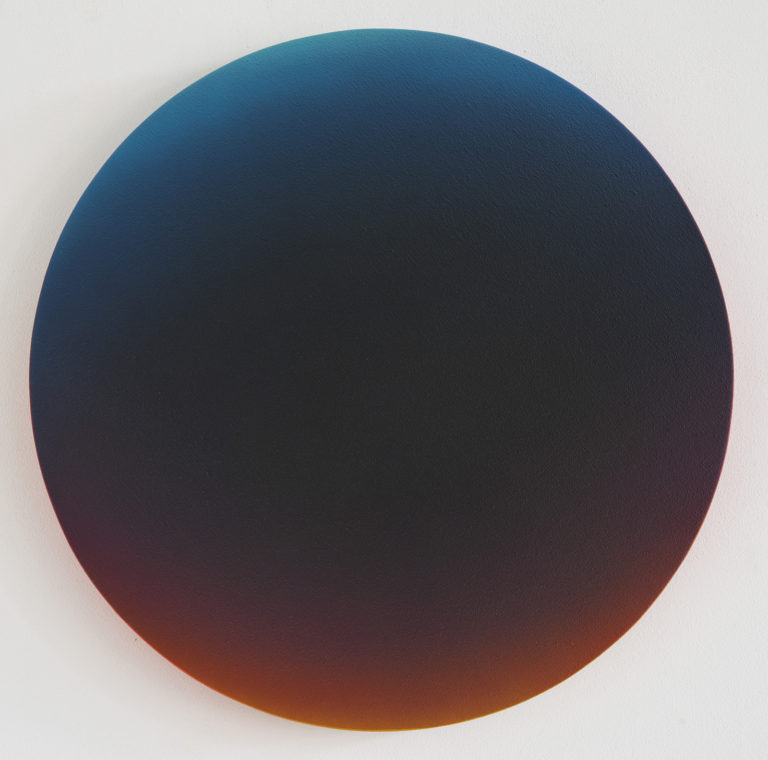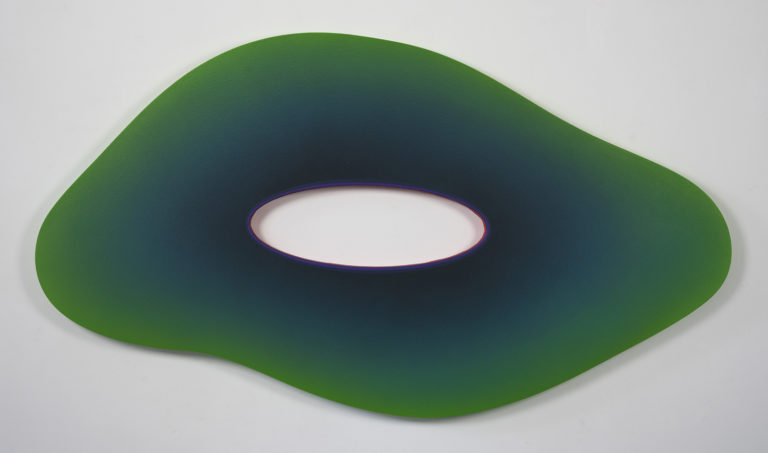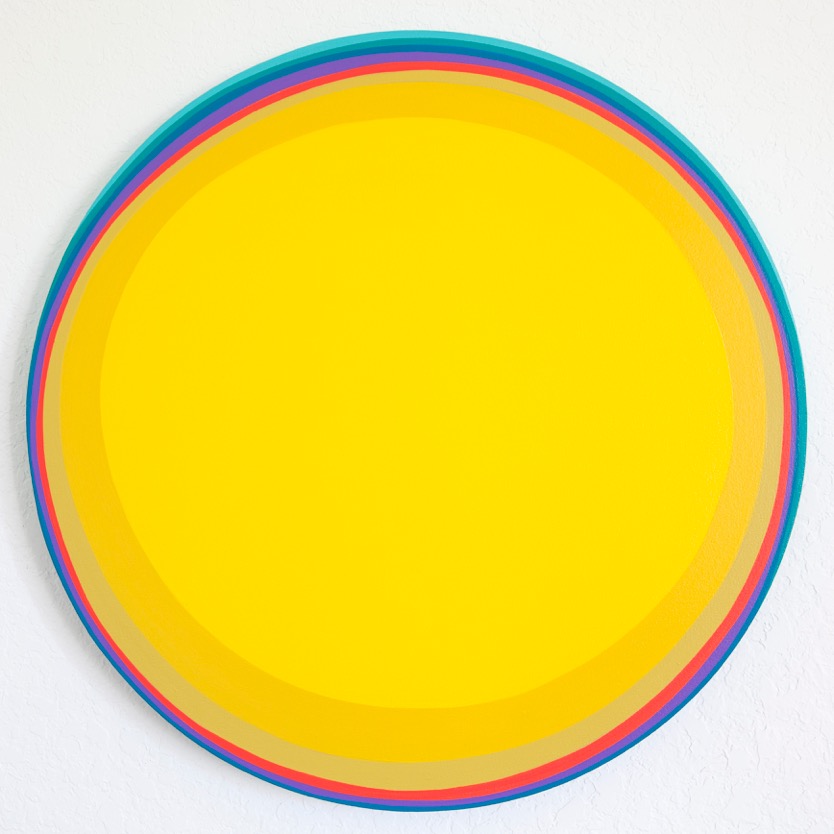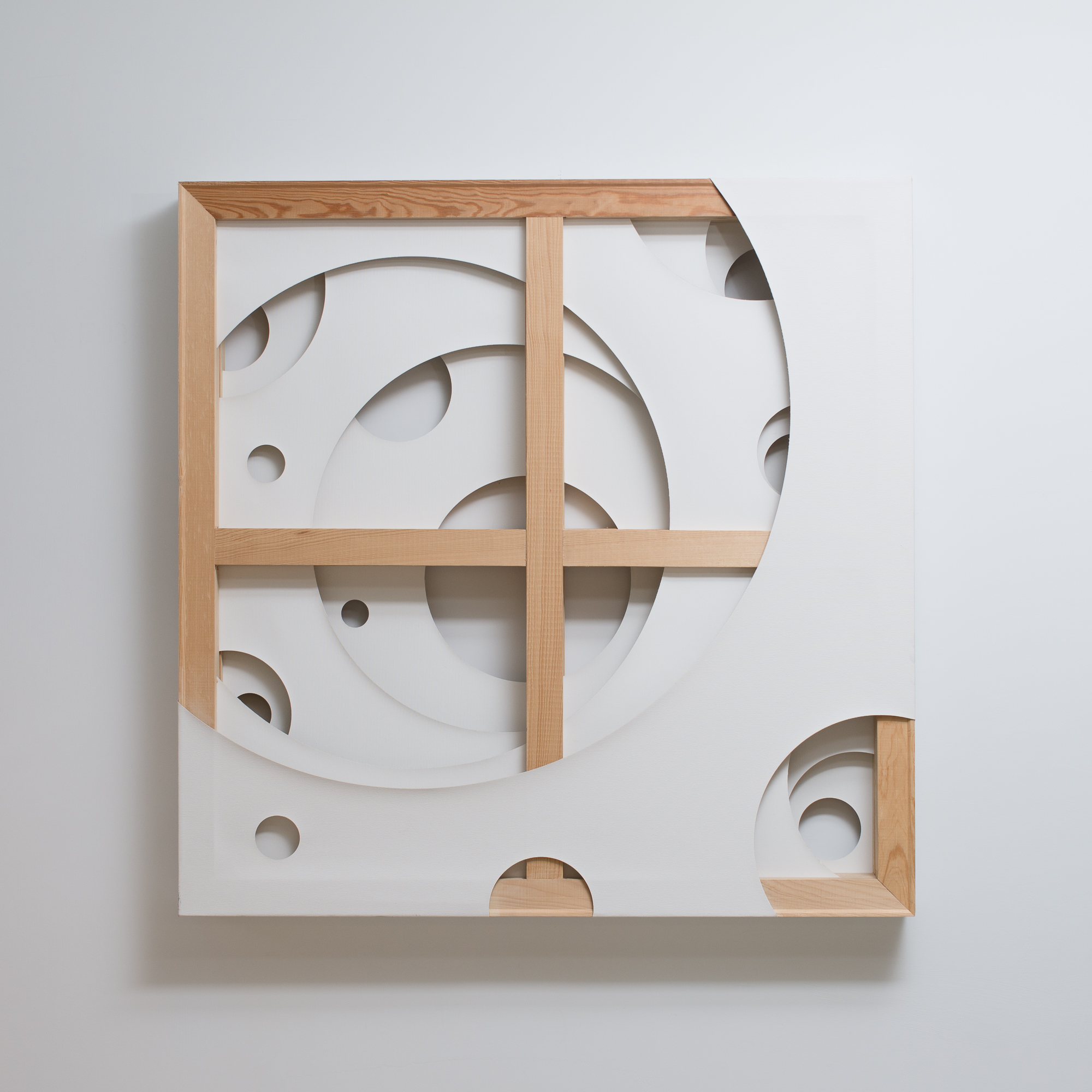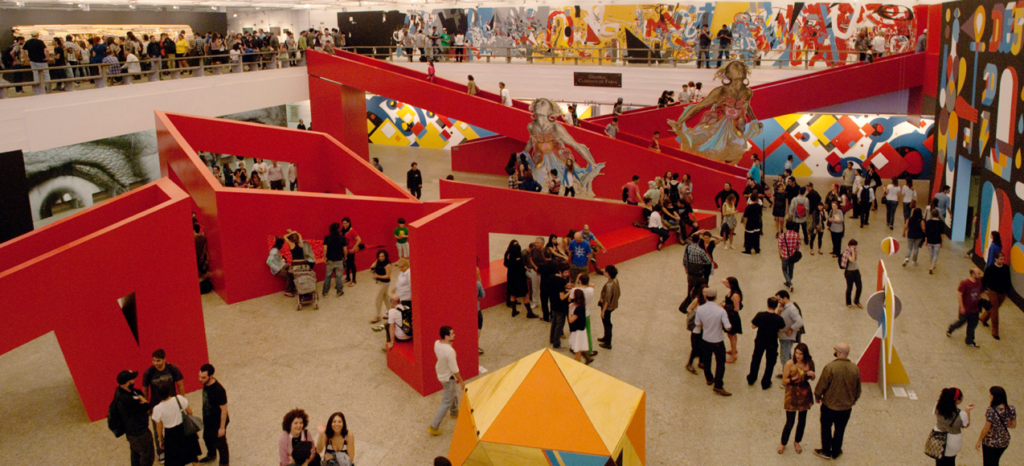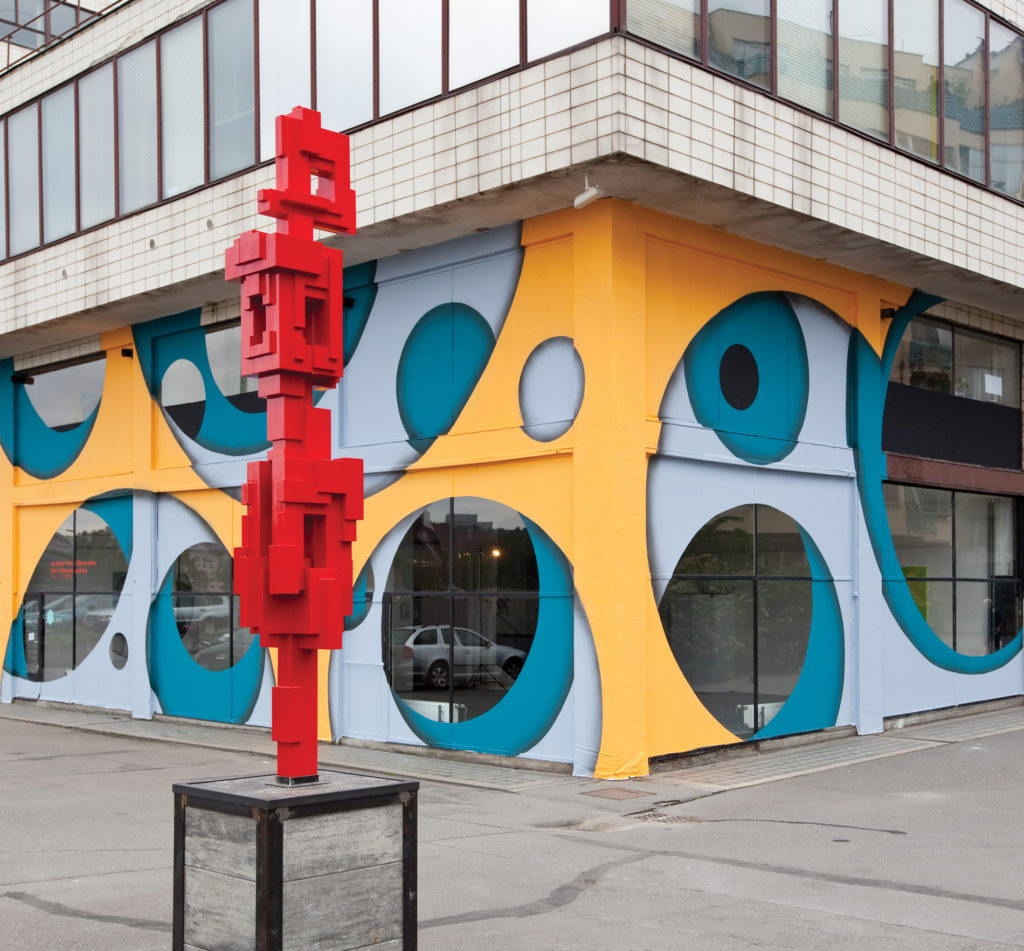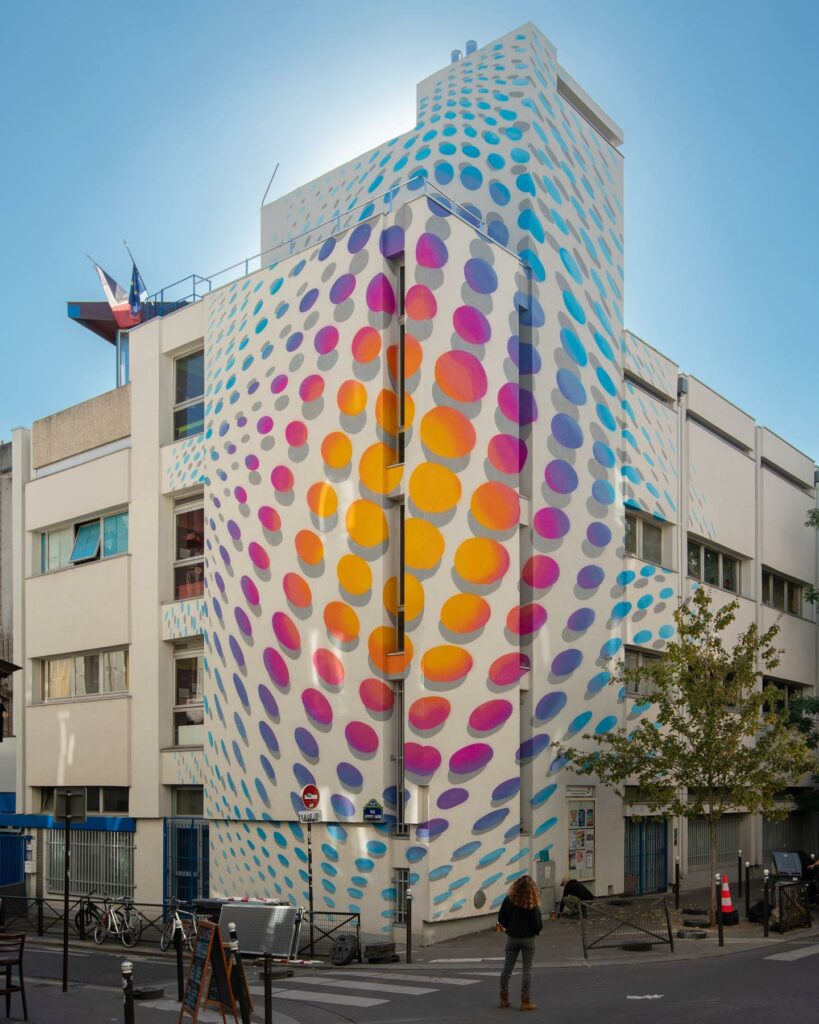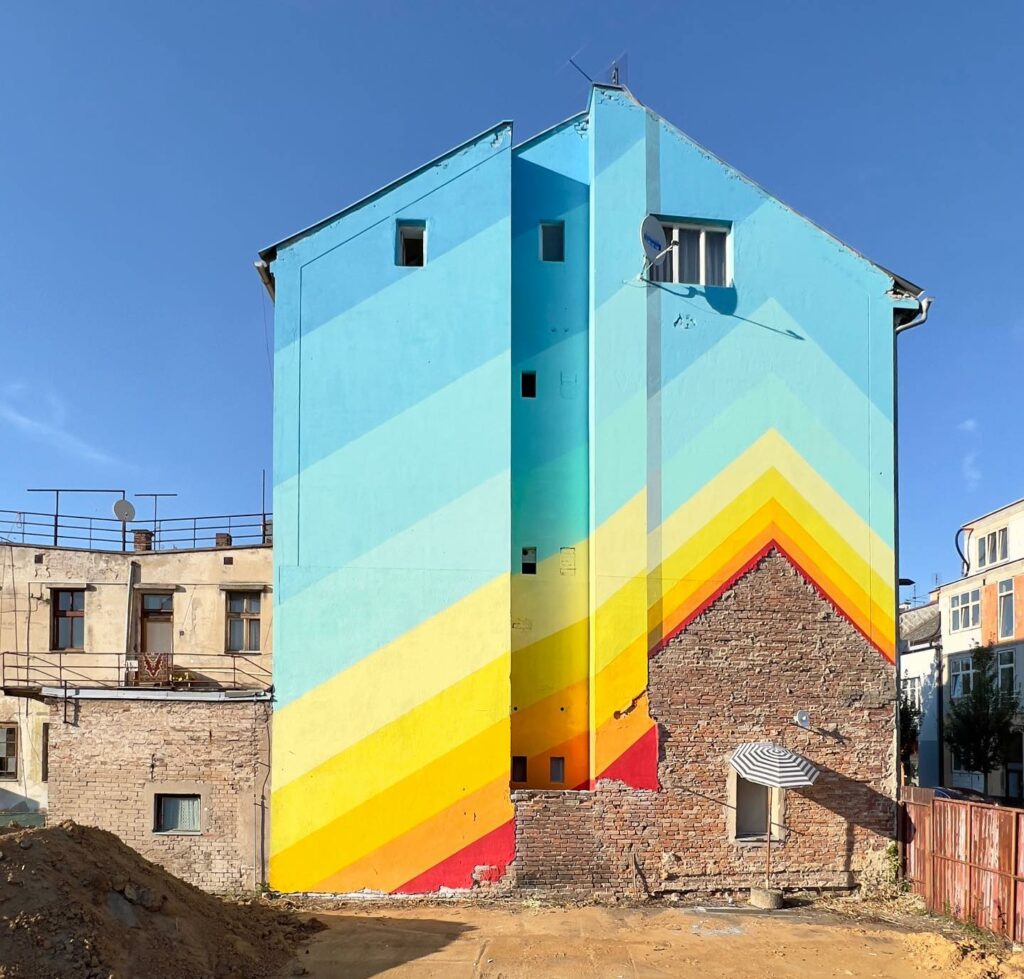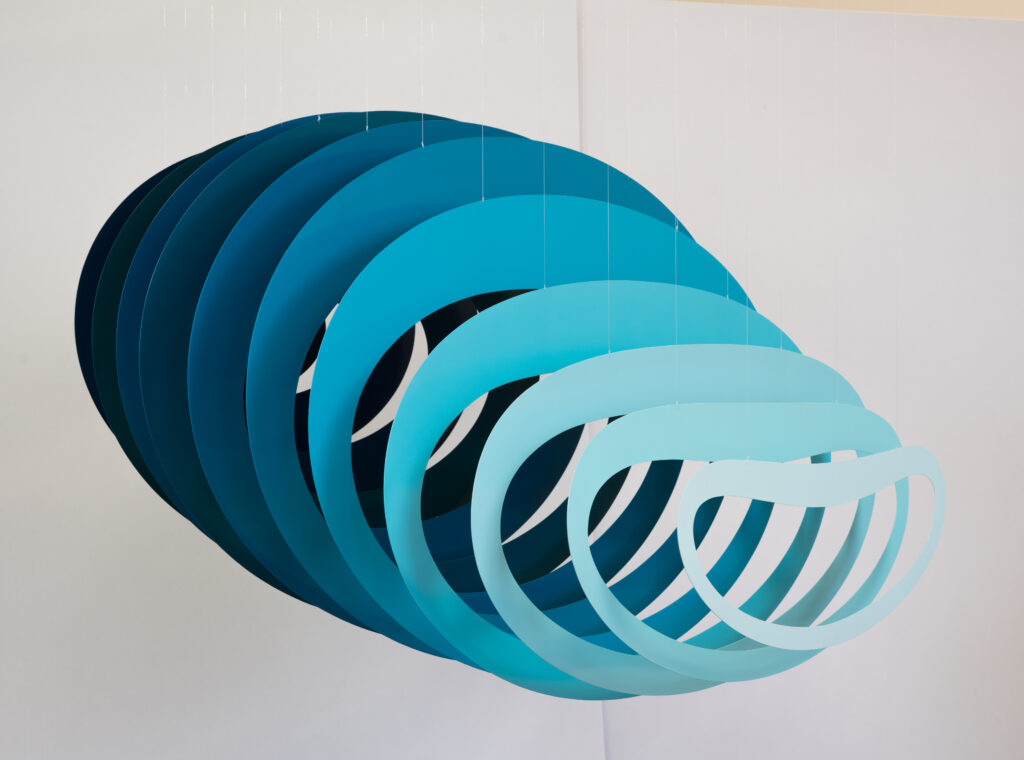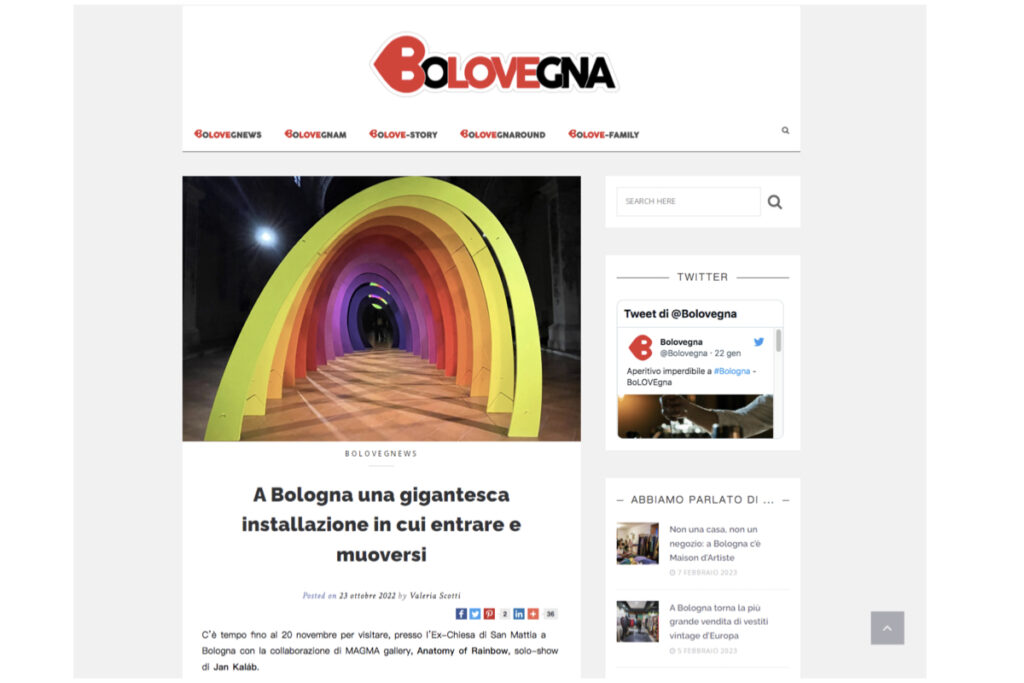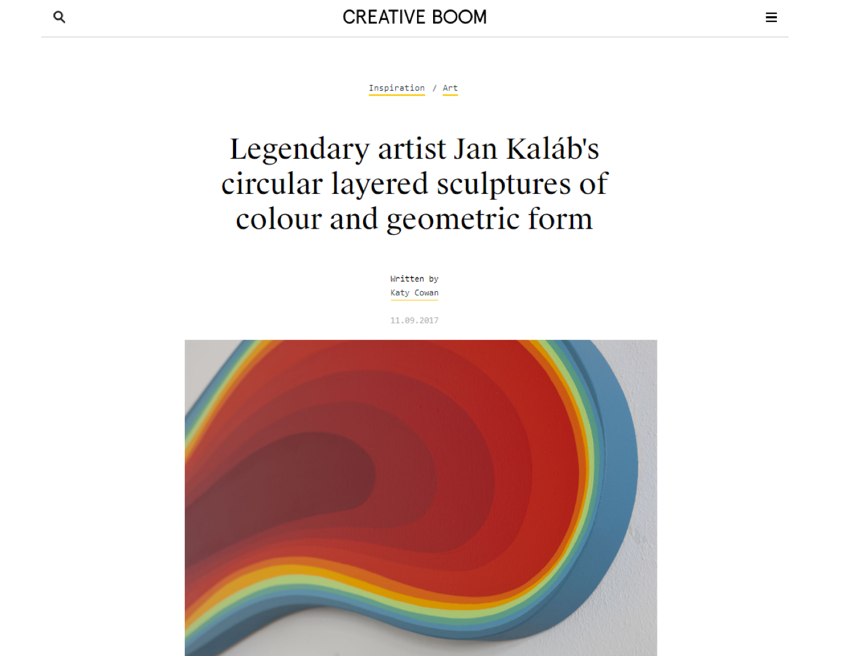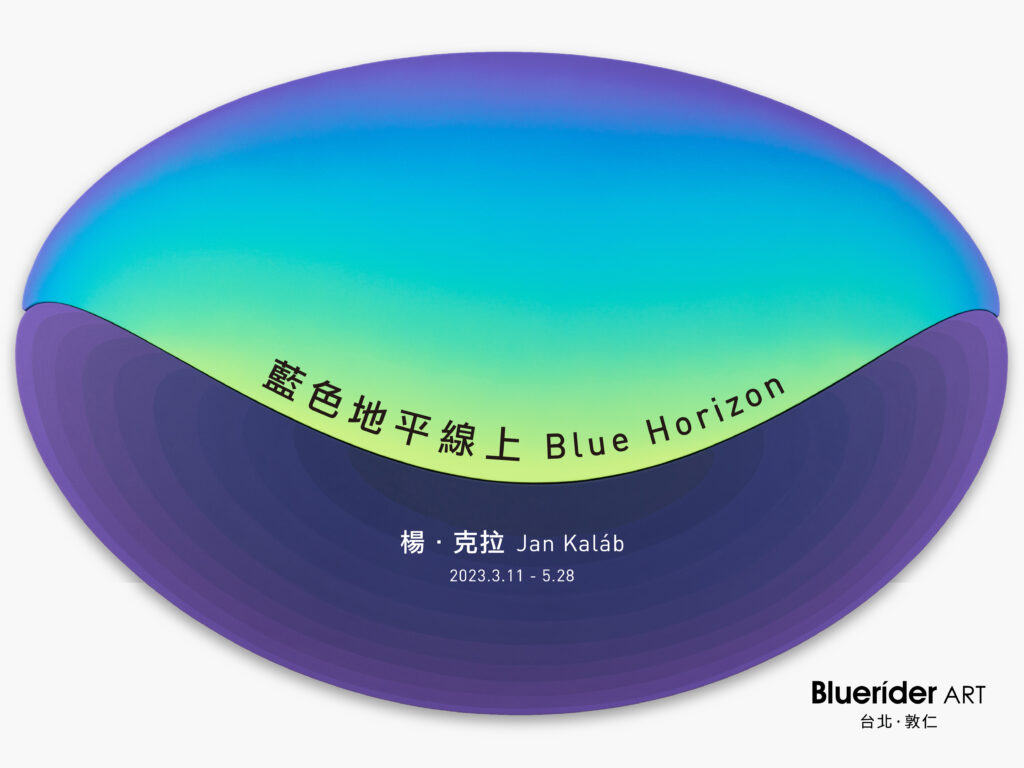

(Czech Republic, b.1978)
Jan Kaláb graduated from the Academy of Fine Arts in Prague, Czech Republic, and currently lives and works in Prague. As a pioneer of Czech graffiti art, Jan Kaláb has been constantly forging a path as a non- traditional artist. He transitioned from street graffiti into pure white spaces, starting with points and developing them into circular transformations and 3D sculptures, condensing the exuberance of the outdoors onto geometrically distorted canvases. He represented the Czech Republic at the Shanghai World Expo in the Czech Pavilion, and his works are held in collections at The National Czech & Slovak Museum & Library (NCSML), National Art Museum of Brazil, Deji Art Museum in China, Daejeon Museum of Art in South Korea, and cooperate with numerous international luxury brands including Dior and Tiffany.
EXPO Pavilion of Czech Republic Shanghai, China
DE DENTRO E DE FORAMuseu de Arte de São PauloSão Paulo, Brazil
Albin Polasek Museum, USA
Ex Chiesa Di San Mattia, Bologna, IT
Solo Show Concentration, Bluerider ART
Those sculptures lead him to abstraction, a path he’s been exploring through canvas from 2007, using acrylic painting and brushes. In the meantime, this admirer of Kupka graduated from the Academy of fine Arts of Prague – becoming the first Czech writer to do so. Jan Kaláb had his first solo exhibition in 2008 in Prague. Others solos took place in Romania, Argentina, Germania or in the United States. With time, his forms became more and more geometric. He used colourful squares and circles as an obsessive vocabulary for infinite variations around depth, time, and motion. Playing with circles conveyed organic imperfection and swing into his work. Dynamic is also crucial in his recent experiments, when he took pictures of some of his paintings in the streets of New York or other cities. The project became a social one when he realised he needed help from strangers to carry the canvas. This is no surprise, since collective energy is crucial in his creative process. The artist is very invested in collective events. He’s the co-creator of a highly dynamic cultural space in Prague, called Trafačka. More than 160 exhibitions took place there from the opening in 2006 till the closure in 2015. On his own or collectively, the motto is the same: always getting higher, always inventing new forms – a tribute to the soul of graffiti.
20. 6. 1978 Born in Prague, Czech Republic
Education
1997 – 1998 University of Applied Arts, Prague (architecture study)
2000 – 2001 University of Applied Arts, Prague (sculpture study)
2002 – 2006 Academy of Fine Arts, Prague
Prize
2010 ART PRAGUE Young Award, Prize of UniCredit Bank at Art Prague art fair
Solo Exhibitions
2023 Beyond the Atolls, Regina Art gallery, Seoul, KR
2023 Nucleus, Rhodes Contemporary gallery, London, UK
2023 Blue Horizon, Bluerider ART, Taipei, TW
2022-2023 Mirage, Castanier Gallery, Miami, USA
2022 Anatomy of Rainbow, Ex Chiesa Di San Mattia, Bologna, IT2022 Shape Of Mind, HOFA Gallery, Mykonos, GR
2022 Calor, Galeria Movimento, Rio De Janeiro, BR2021 Harmony & Soul, Danysz gallery, Shanghai, CHN
2021 Symmetry & Soul, Castanier gallery, Miami, USA
2021 Kód Geometrie, Villa Pelle, Praha, CZ
2021 Cosmic Spring, Macadam Gallery, Brussels, BE
2021 On Vision and Colors, Danysz Gallery, Paris, FR
2020 Melted Sun, Kreisler Gallery ,Madrid,SP
2020 Stripped, BC Gallery, Basel, CH
2020 Solar, Rhodes Contemporary gallery, London, UK
2019 Atomic Bubble, MAGMA gallery, Bologna, IT
2019 Bent Horizons, Plastic Murs gallery, Valencia, SP
2019 Concentration, Bluerider ART gallery, Taipei, TW
2019 Shape & Tone, Castanier Gallery, Miami, USA
2018 Point of Space, Trafo gallery, Prague, Czech Republic
2018 The Soul of Graffiti, Albin Polasek Museum, Winter Park, Florida, USA
2018 Perspective of Clouds, Mirus Gallery, San Francisco, USA
2017 ZOOOM, Magma Gallery, Bologna, Italy
2016 Pluriforme, Openspace Gallery, Paris, France
2016 Pulso Cromático, Castanier Gallery, Bogota, Colombia
2015 TENSION, BC Gallery, Berlin, Germany
2015 ODYSSEY, Lollipop Gallery, London, UK
2015 EXTRA, Villa Pellé, Prague, Czech Republic
2015 Getting Up, Partisan Creative Corner, Soest, Germany
2014 ART IN PUBLIC, Pop up exhibition, Šmeralova 6, Prague, Czech Republic
2014 ART IN PUBLIC, Pop up exhibition, 103 Allen Street, New York, USA
2014 AROUND THE POINT, HIC Gallery, Buenos Aires, Argentina
2013 SALUT, H’art Gallery, Bucharest, Romania
2013 FROM POINT TO CIRCLE AND BACK, Oko Gallery, Opava, Czech Republic
2013 POINT / ALTERNATE PLAN(E)S, the Chemistry Gallery, Prague, Czech Republic
2012 GOOD CHOICE, Czech Centre, Sofia, Bulgaria
2011 KALÁB 33 / PLANETS CROSSING, Trafačka, Prague, Czech Republic
2008 POINT SHOP, Trafo Gallery, Prague, Czech Republic
Selected Group Exhibitions
2023 Dias Melhores, VERAO, Movimento Gallery, Rio e Janeiro, BR
2022 Vibrations, Danysz gallery, Shanghai, CN
2022 Ripple Effect, Hashimoto gallery, Los Angeles, USA
2022 Wall Street, Villa Pelle, Praha, CZ
2021 Divertimento, Collegiale Saint-Pierre-Le-Puellier, Orleans, FR
2020 New Rules, Castanier Gallery, Miami, USA
2020 Venit Occursum, Danysz Gallery, Shanghai, CN
2020 Collective Exhibition, Macdam GalleryBrussless,BE
2019 Shapes & Illusions, Danysz Gallery, Paris, FR
2019 Watch This Space, LAZinc gallery, London, UK
2019 Capture the Street, Oberhessisches Museum Giessen, Giessen, DE
2019 Letní salón, Galerie Kodl, Praha, CZ
2019 Get Out While You Can, Maddox Gallery, London
2019 CHROMA: Summer Group Exhibition, Rhodes, London
2019 GEOMETRIC HEAT: Marco Casentini, Jan Kalab, Adam Lucas, Daniel Rich, GR Gallery, New York
2019 Get Out While You Can, Maddox Gallery, Gstaad
2019 “Summer Reflection” Group Show, Fabien Castanier Gallery, Miami
2019 Praha-Berlin Barter, Urban Spree Galerie, Berlin
2018 This Is Now, Wyn317, Miami
2018 A Matter of Form, MAGMA gallery, Bologna
2018 MAGMA presents, MAGMA gallery
2018 Grand Opening Group Exhibition, Mirus Gallery, Denver
2017 Urban Art Biennale, Völklinger Ironworks, Völkliner Germany
2017 PERCEPTUAL VERTIGO, Avantgarden Gallery, Milan, Italy
2017 NO MORE CREW, Urban Spree, Berlin, Germany
2017 ABSTRAKT FORUM, Forum Przestrzenie, Krakow, Poland
2017 AVANTARTE X UNITLONDON, the Unit London Gallery, London, UK
2016 POP-UP EXHIBITION, Fabien Castanier Gallery, Miami, USA
2016 ZMRTVÝCHVSTÁNÍ, Trafo Gallery, Prague, Czech Republic
2016 MIMESIS, MAGMA Gallery, Bologna, Italy
2016 FRIENDS AND FAMILY, Fabien Castanier Gallery, Los Angeles, USA
2016 HZGSJK, Goldenhands Gallery, Hamburg Germany
2016 TRANSBORDER, Fabien Castanier Gallery, Los Angeles, USA
2015 OpenART – art biennale, Orebro, Sweden
2015 Et Cetera, Museo nazionale delle arti del XXI secolo (MAXXI), Rome, Italy
2014 TRAFACKA – CLOSE, Trafacka gallery, Prague, Czech Republic
2014 ARTMOSSPHERE – 1st streetart biennale, Moscow, Russia
2014 OUTSIDE / INSIDE, Tabla Rasa gallery, Brooklyn – New York, USA
2014 TRAFACKA / TEMPLE OF FREEDOM, Red Gallery, London, UK
2014 CHILDREN OF KUPKA, City Hall Putaux, Putaux, France
2013 ET CETERA, Istituto Italiano di Cultura, Prague, Czech Republic
2012 STUCK ON THE CITY, City Gallery Prague, Prague, Czech Republic
2012 STREET SMART, Kulturhuset, Stockholm, Sweden
2012 THREE FROM TRAFACKA, Gallery of Modern Art, Roudnice nad Labem, Czech Republic
2011 DE DENTRO E DE FORA, Museu de Arte de São Paulo, Sao Paulo, Brazil
2011 BOUTIQUE, The Chemistry Gallery, Prague, Czech Republic
2010 1st BIENNAL DE GRAFFITI FINE ART, Museu Brasileiro de Escultura, Sao Paulo, Brazil
2010 METROPOLIS, Pavilion of Czech Republic, EXPO 2010, Shanghai, China
2009 STORAGE, The Chemistry Gallery, Prague, Czech Republic
2009 60 DETAILS project, Moscow, Russia
2009 WE BELIEVE IN CRISIS, Trafo gallery, Prague, Czech Republic
2008 NAMES, Trafacka gallery, Prague, Czech Republic
2008 CITY’S CELEBRITIES, Moravian Gallery, Brno, Czech Republic
2008 FACES AND LACES, Moscow, Russia
2007 5+kk, Trafo gallery, Prague, Czech Republic
2007 PLANET PROZESS, Senatsreservenspeicher, Berlin, Germany
2007 SPACE FOR INTUITION, City Gallery Prague, Prague, Czech Republic
2006 TRAFACKA – OPEN, Trafacka gallery, Prague, Czech Republic
2006 ART BEAT, BG, Amsterdam, the Netherlands
2005 CITY OF NAMES, Kunsthalle Bethanien, Berlin, Germany
2004 OBJECTIVITY, Cathedral Gardens, Manchester, UK
2004 EVERWANTING STREETS, Röda Sten, Göteborg, Sweden
2003 BACK JUMPS (the Live issue), Kunsthalle Bethanien, Berlin, Germany
2003 GENESIS, Ten 15, San Francisco, USA
2003 DA PAINTAZ, NoD Gallery, Prague, Czech Republic
2003 3rd SHOW OF YOUNG ARTISTS, Regional Gallery of Fine Arts, Zlin, Czech Republic
2002 SUBCULTURE, NoD Gallery, Prague, Czech Republic
2002 FRESH MEAT, City Gallery Prague, Prague, Czech Republic
2001 FRAGMENTS 4, Mánes gallery, Prague, Czech Republic
Collection
National Czech & Slovak Museum & Library, Cedar Rapids ,USA
Museu Nacional de Belas Aertes, Rio De Janeiro, Brasil
DEJI Art Museum, Nanjing, China
OsanMuseum, Osan, South Korea
Tiffany & Co
Dior

 MOT TIMES 明日誌:走入純粹色彩的寧靜之中!捷克藝術家Jan Kaláb全新個展《藍色地平線上》
MOT TIMES 明日誌:走入純粹色彩的寧靜之中!捷克藝術家Jan Kaláb全新個展《藍色地平線上》
 INSTYLE-首度亞洲個展在臺北:塗鴉先驅Jan Kalab將「圓形」化作當代藝術創作
INSTYLE-首度亞洲個展在臺北:塗鴉先驅Jan Kalab將「圓形」化作當代藝術創作
